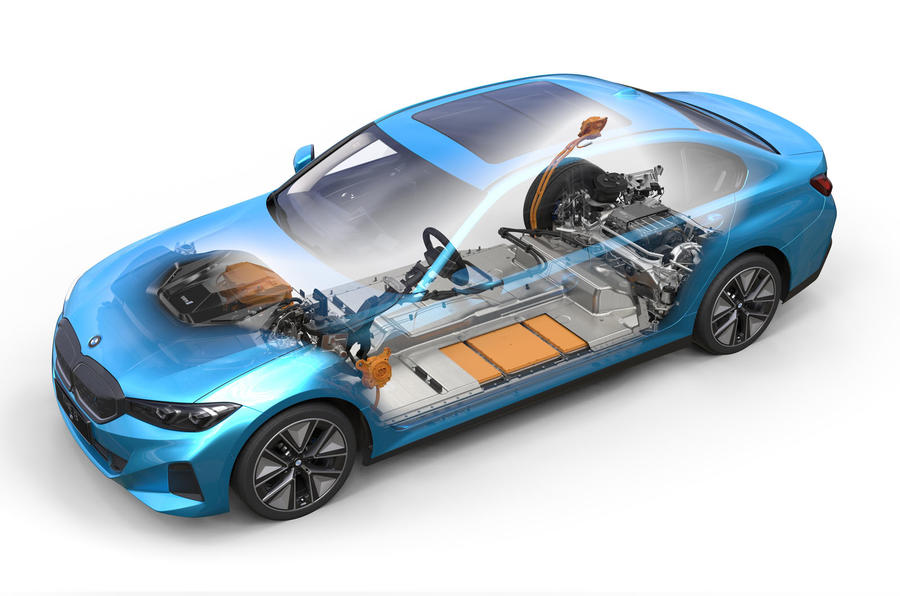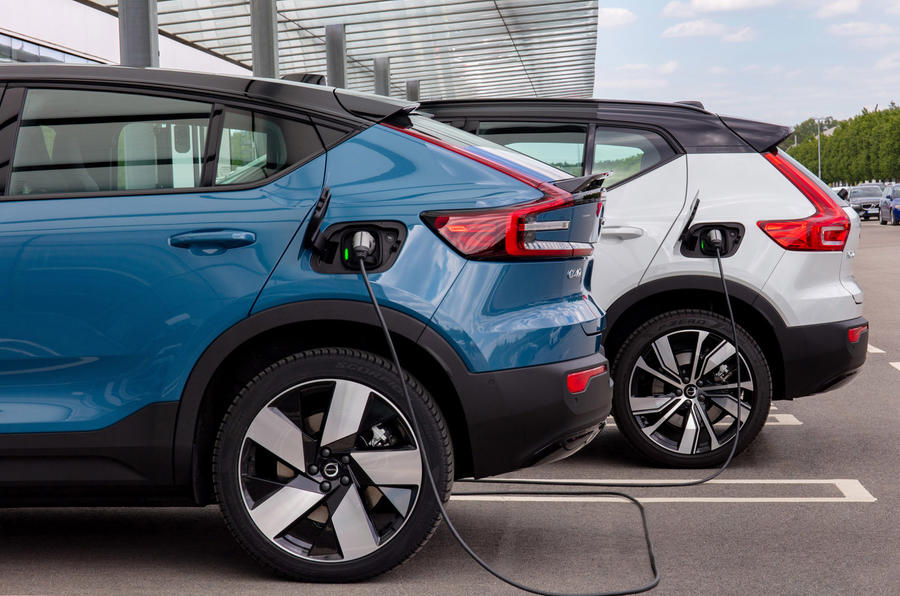The International Energy Agency predicts there will be 245 million electric vehicles in the world by 2030, all needing batteries.
Maybe it’s no surprise but the worldwide boom in electric vehicles is spawning furious activity in battery development.
Work is going on to improve existing lithium-ion technology (such as solid-state batteries that do away with liquid electrolyte), but determined efforts are being made to perfect the use of more diverse ingredients, too. Most are still at the research stage, and although it’s true that attempts to develop better batteries in the past haven’t amounted to anything tangible, there’s now a lot more incentive and financial backing to try to make game-changing ideas work.
One of those is the lithium air cell, a sort of halfway house between a conventional battery and a hydrogen fuel cell. The man who really started the ball rolling on lithium air cells is Professor Peter Bruce, a chemist who succeeded in prototyping a single lithium air cell as part of a four-year project that ran from 2007 to 2011 at the University of St Andrews. Lithium air cells use oxygen from the air as part of the chemical reaction that goes on during charging and recharging, removing the need to carry chemicals around in the battery.
Success would mean greater capacity than we have today but overcoming a lack of efficiency and poor cycle life (the number of charges and discharges a battery can take before beginning to degrade) have proved difficult to overcome beyond double figures. That said, scientists around the world are still on the case and, earlier this year, researchers at Japan’s National Institute for Materials Science (NIMS) claimed to have developed a lithium air battery with an energy density of 500Wh per kilogram, roughly twice that of the best lithium ion batteries. No mention has been made of the number of charge and discharge cycles it can achieve, though.
Scientists at Illinois Institute of Technology said last year that they have succeeded in overcoming the problem, having achieved 1200 charge and discharge cycles in a prototype battery. Reduced cycle life is due to the other elements in air, such as carbon, nitrogen and water, which also react with lithium and produce a contaminating layer that prevents oxygen reaching the positive electrode and using up lithium. The team developed an electrolyte that stops this from happening and absorbs any impurities.
Other technologies are gathering pace, too. Battery startup company Theion, whose CEO Ulrich Ehmes is experienced in industrialising battery production, has developed a lithium sulphur positive electrode (cathode) that, it claims, can triple the range given by conventional lithium ion cells. Sulphur is an abundant element and in this case replaces nickel and cobalt. The use of cobalt in batteries is controversial because of the environmental impact of the waste generated from mining it, not to mention the associated human cost.
Theion claims its sulphur-based technology is 99 per cent cheaper to source and making battery cells using it consumes 99 per cent less energy. The company says 16 patents are pending on processes to make the cathodes for what it calls its ‘Crystal Battery’, based on the fact that sulphur exists naturally as a crystal. Theion will build and supply batteries for testing by aerospace customers this year. Automotive use is expected for 2024 and gigafactory-scale production by 2025.
Jesse Crosse





